For this particular blog post, I thought it would be interesting to clarify what all these different initialisms mean, and what they do for web developers and consultants. HTML stands for HyperText Markup Language and is the basis for all websites. HTML contains the the markup used by web browsers to create things like forms, tables, embedding images and text and so forth. The latest iteration is HTML5, which is still in the process of having all the standards for it completed, but adds features such video and audio. CSS or Cascading StyleSheets complement HTML, and allows a web developer to style elements in HTML documents such as putting borders on tables, or changing the width or font-size of a paragraph of text. Overall a very important element of web design and development and is essential for a web developer or consultant to create sleek and aesthetic websites.
HTML and CSS are more front-end and visual parts of web design, the more back-end aspects of web design are PHP and JS. PHP stands for PHP: Hypertext Preprocessor, although originally it stood for Personal Home Page, but it is now the victim of recursive acronyms. It is a server side scripting language which generates dynamic webpages and is extremely prolific in web design and web development. It is extremely useful at delivering user personalised pages, for example, when someone logs into a site, the PHP server generates HTML to specifically serve that user. It has many uses and works in the background of most websites. JS or JavaScript is another back-end scripting language, but is executed on the client-side of a users browser and is best used to make dynamic HTML changes that you don't mind that users can see the code for, this is opposed to PHP where the user cannot see the code, which would be useful for using on log in systems. One may ask, why not just use PHP all the time then, well, since its server-side it means it uses the servers processing, and it can be overwhelmed, so when JavaScript is used in conjunction you can reduce the load on the server and not have to sacrifice security for stability and speed.
Overall, there are many, many tools in the arsenal of a web developer or web consultant when it comes to web design and development, but these four are some of the most fundamental.
HTML and CSS are more front-end and visual parts of web design, the more back-end aspects of web design are PHP and JS. PHP stands for PHP: Hypertext Preprocessor, although originally it stood for Personal Home Page, but it is now the victim of recursive acronyms. It is a server side scripting language which generates dynamic webpages and is extremely prolific in web design and web development. It is extremely useful at delivering user personalised pages, for example, when someone logs into a site, the PHP server generates HTML to specifically serve that user. It has many uses and works in the background of most websites. JS or JavaScript is another back-end scripting language, but is executed on the client-side of a users browser and is best used to make dynamic HTML changes that you don't mind that users can see the code for, this is opposed to PHP where the user cannot see the code, which would be useful for using on log in systems. One may ask, why not just use PHP all the time then, well, since its server-side it means it uses the servers processing, and it can be overwhelmed, so when JavaScript is used in conjunction you can reduce the load on the server and not have to sacrifice security for stability and speed.
Overall, there are many, many tools in the arsenal of a web developer or web consultant when it comes to web design and development, but these four are some of the most fundamental.


